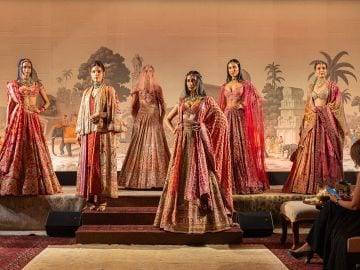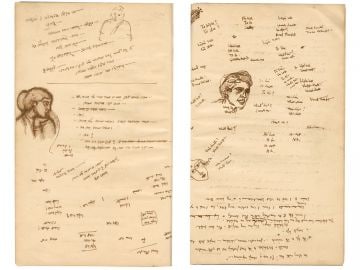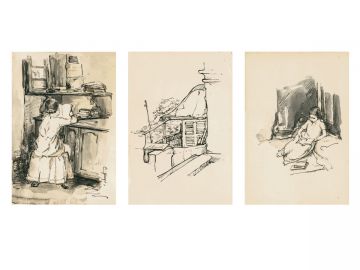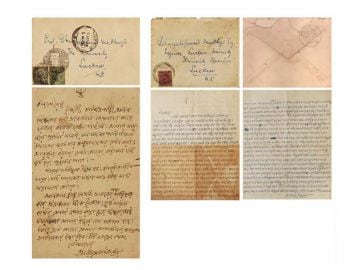Discover the beauty of India's native art
The tribal and folk art have survived the onslaught of time and blended with the varied culture of India
Image by : DAG Library & Archive
Image by : DAG Library & Archive
With Raghurajpur as its centre, and the region around Puri popular for these scroll paintings, initially made on palm leaf or cloth, and now on paper, the Patachitra tradition is inspired by the Jagannath and Vaishnava cult and centres around the worship of these deities at their temples. More here...
Image by : DAG Library & Archive
Image by : DAG Library & Archive
Though it has been criticised for being static—Sanjhi is, after all, a paper cutting technique—in the hands of a master wielder of its formidable and specially constructed scissors, it can produce works of great beauty. More here...
Image by : DAG Library & Archive
Image by : DAG Library & Archive
Molela terracotta, Rajasthan
Molela village in the Rajsamand district of Rajasthan has gained the distinction of making flat surface terracotta tablets embossed with images of tribal gods and goddesses that make their way across the country to be sold in urban markets. More here...
Image by : DAG Library & Archive
Image by : DAG Library & Archive
Pichwai paintings are made on cloth and were traditionally created as curtains or backdrops for the idol of Krishna in the village of Nathdwara, a major pilgrimage centre outside Udaipur. More here...
Image by : DAG Library & Archive
Image by : DAG Library & Archive
Image by :
Image by :
There was a time when the Bhopas, or bards, of the Nayaka community in Rajasthan would travel across the state to entertain villagers. Their tools included a painted scroll and a lantern. The scroll—or phad—contained vignettes of the life of Pabuji, or of Dev Narayan, folk heroes enshrined in the paintings, and hence in collective memory, as deities, thus making these enactments sacred as well as entertaining. More here...
Image by : DAG Library & Archive
Image by : DAG Library & Archive
Image by : DAG Library & Archive
Image by : DAG Library & Archive
What began literally as a tradition of souvenirs for pilgrims and visitors at the Kali temple in Kolkata is now seen as one of the most important movements of art that has inspired generations of artists in West Bengal with its strong outlines and slight hint of shading. The Kalighat patuas, or artists, combined the local indigenous tradition with what they saw as Western intervention, to result in a style that marked India’s earliest shift towards modernism. More here...
Image by : DAG Library & Archive
Image by : DAG Library & Archive
Tanjore — now Thanjavur — paintings originated in the 17th century Maratha court and are an amalgamation of Deccani, Maratha and Company styles, though their essence is uniquely South Indian. More here...





